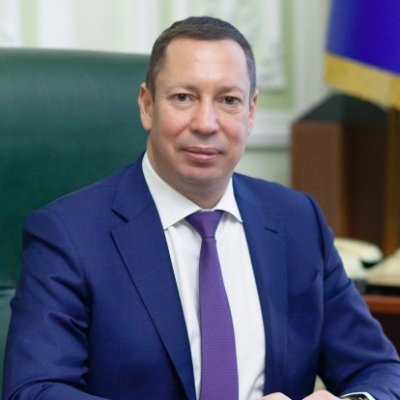By Kyrylo Shevchenko, Photo by John Guccione (www.advergroup.com)
U.S. policy toward Ukraine has often been framed as a binary choice: unlimited funding or a sharp cutoff. Donald Trump’s approach offers a more pragmatic middle ground: continued support, but on strict economic terms. For American taxpayers, this is not only common sense — it may be the only way to make aid effective.
The financial numbers are striking. In 2023, Ukraine’s budget deficit reached $45 billion, of which over $40 billion was financed by external partners. By 2025, the picture has become even more stark: the deficit now equals roughly 30% of revenues, and about 60% of total expenditures are funded from abroad. Since February 2022, Ukraine has received $138.9 billion in external aid, a sum nearly equal to the country’s annual GDP.
Meanwhile, Ukraine’s public debt has climbed to around 100% of GDP (≈$185 billion), with $139 billion external and $46 billion domestic. Debt service is manageable only because of grants and concessional loans. Growth remains elusive: GDP in 2024 stood at about $170 billion, still well below the pre-war level of nearly $200 billion in 2021. In the first half of 2025, the economy expanded by just 0.8%, with recession risk looming in the fall.
The external sector underscores the fragility. In 2025, the trade deficit will reach a record –$52 billion. From January to July, exports totaled $26.5 billion, while imports surged to $51 billion — driven by a 42% increase in energy and machinery imports. Agricultural exports, once the country’s backbone, fell by 24% (–$3.5 billion).
The shadow economy further erodes fiscal capacity. Even before the full-scale war, in 2021, it was estimated at around 30% of GDP [World Bank]. Wartime conditions have only expanded informal markets, weakening tax collection and widening the gap between official statistics and reality.
This context makes unconditional budget transfers particularly problematic. When more than half of a state’s spending is donor-financed, but fiscal discipline and transparency are weak, the risks of inefficiency and misuse multiply.
A decade of donor-backed anti-corruption institutions provides little reassurance. The Special Anti-Corruption Prosecutor’s Office (SAPO), the National Anti-Corruption Bureau (NABU), and the High Anti-Corruption Court (HACC) were established to ensure accountability. They have consumed growing domestic resources — about ₴1.3 billion ($35 million) in 2022, ₴1.7 billion ($46 million) in 2023, and over ₴2 billion ($54 million) budgeted for 2024 — alongside regular support from USAID and other donors. Yet results remain negligible. Convictions are rare, prevention is absent, and under President Zelensky and his chief of staff Andriy Yermak, these bodies have too often been politicized rather than serving as independent watchdogs.
This is why conditionality matters. Trump’s approach links support to tangible outputs — for example, tying revenues from natural resource concessions to loan guarantees, or structuring military aid through transparent NATO financing vehicles. This model applies market discipline: it reduces the scope for misappropriation and forces Ukraine’s leadership to reform if it wants continued support.
Critics may call this “tough love.” But from a macroeconomic perspective, it is the only sustainable policy. Ukraine cannot indefinitely finance war and reconstruction on borrowed money while its GDP stagnates and debt climbs above 100% of output. Without conditions, external aid simply becomes another rent-seeking mechanism for elites close to the President’s Office.
For the United States, the choice is not between generosity and abandonment. The real choice is between endless transfers with no results — or conditional support that aligns with American taxpayers’ interests and Ukraine’s long-term survival. Seen this way, the financial approach promoted by the Trump administration is not just prudent — it is the only path that can deliver accountability and real change.
About the Author

Kyrylo Shevchenko is a devoted father, proud Ukrainian who was the Chief of the National Bank of Ukraine (July 2020-October 2022). A Banker/Financier with 30 years of experience, Kyrylo maintains his cool amongst immense pressure and challenges. He successfully managed war time crisis during the February 2022 Russian-Ukraine conflict, while sustaining banking system in an interrupted mode.

